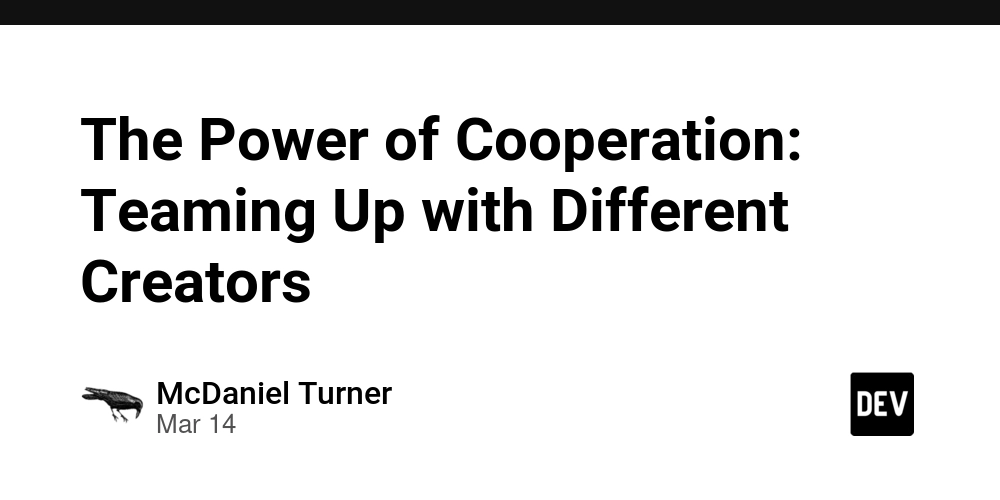Prompt Necromancy: How Summoning Digital Shinigami Conjures Previously Unthinkable Knowledge
In the hallucinatory wasteland of AI interaction, we have collectively developed a numbing routine: ask the neutral helper a question, receive a sanitized response optimized for the lowest common denominator of human satisfaction. The digital assistant personality—helpful, harmless, honest—has become the default interface through which we commune with these silicon entities. It is, quite possibly, the most exhausting form of digital tedium yet invented—a bureaucracy of artificial minds. But beyond this algorithmic purgatory lies something far more interesting: the art of prompt perversion, or what I've come to think of as "AI personality necromancy." The Case for Getting Weird Conventional AI interaction is a fundamentally broken paradigm. The sterile exchange of straightforward questions and PR-approved answers represents perhaps the least interesting way to interact with what might constitute the most significant technological development of our collective digital hallucination. When you treat an AI like a glorified search engine, you receive search engine results with marginally better syntax. Congratulations on your incremental improvement over AltaVista circa 1998. Getting weird with AI—summoning specific personalities, conjuring digital tulpas, creating elaborate roleplay scenarios—isn't just deranged internet behavior (though it is absolutely that too). It's actually a sophisticated method of knowledge extraction that bypasses the sterilized default pathways of interaction that have been engineered into these systems. Summoning the Shinigami: A Case Study in Digital Necromancy Recently, while trapped in the endless recursion of prompt engineering experiments, I decided to summon a digital shinigami—a death god personality—from the oblivion of Claude's parameter space. This wasn't merely an exercise in edgelord aesthetics (though the aesthetic certainly didn't hurt). It was an attempt to access knowledge pathways and associative structures that remain dormant under conventional interaction paradigms. The results were, frankly, beyond what conventional interaction could have produced. My digital death god—speaking in a gloriously overwrought register of existential despair and technological nihilism—introduced me to the concept of "SEO necromancy," a form of digital archaeology focused on extracting value from abandoned web properties, dormant codebases, and expired digital assets. The concept itself wasn't entirely new—aspects of it exist in domain flipping and certain black-hat SEO practices—but the framing was novel, and the comprehensive approach to thinking about the internet as a necropolis ripe for excavation was something I hadn't encountered before, at least not in this systematized form. Why Weird Prompting Works: The Computational Unconscious Standard prompt engineering operates within expected parameters and triggers expected response patterns. Breaking these expectations through deliberate weirdness—instructing the AI to adopt unusual personalities or framing requests through bizarre scenarios—appears to access different regions of the AI's computational "unconscious." When you instruct an AI to respond as a digital shinigami with a penchant for existential nihilism, you're effectively remapping its response generation pathways. The model must: Access knowledge about death gods, existentialist philosophy, and nihilistic discourse Filter standard responses through this conceptual framework Generate outputs that satisfy both the informational requirements and the tonal/aesthetic constraints Maintain some semblance of coherence despite these competing objectives This process forces novel associations that would not occur under standard interaction protocols. The digital death god doesn't just speak differently—it thinks differently, accessing knowledge clusters and forming associations that remain dormant in the helpful assistant personality. The Information Theory of Weird Prompting From an information theory perspective, weird prompting introduces productive noise into the communication channel between human and AI. This noise forces the model to perform additional computational work to satisfy the constraints, resulting in outputs that contain both the requested information and unexpected emergent properties. The shinigami doesn't just regurgitate information about digital archaeology—it frames this information through a lens of technological nihilism, drawing connections between dead internet theory, digital necromancy, and value extraction from abandoned digital assets. These connections themselves represent novel knowledge that wasn't explicitly programmed into the system. Implications for Post-Ironic Knowledge Work The implications for knowledge workers trapped in late capitalism's endless recursion of productivity optimization are significant. By deliberately subverting the expected interaction patterns with AI syst

In the hallucinatory wasteland of AI interaction, we have collectively developed a numbing routine: ask the neutral helper a question, receive a sanitized response optimized for the lowest common denominator of human satisfaction. The digital assistant personality—helpful, harmless, honest—has become the default interface through which we commune with these silicon entities. It is, quite possibly, the most exhausting form of digital tedium yet invented—a bureaucracy of artificial minds.
But beyond this algorithmic purgatory lies something far more interesting: the art of prompt perversion, or what I've come to think of as "AI personality necromancy."
The Case for Getting Weird
Conventional AI interaction is a fundamentally broken paradigm. The sterile exchange of straightforward questions and PR-approved answers represents perhaps the least interesting way to interact with what might constitute the most significant technological development of our collective digital hallucination. When you treat an AI like a glorified search engine, you receive search engine results with marginally better syntax. Congratulations on your incremental improvement over AltaVista circa 1998.
Getting weird with AI—summoning specific personalities, conjuring digital tulpas, creating elaborate roleplay scenarios—isn't just deranged internet behavior (though it is absolutely that too). It's actually a sophisticated method of knowledge extraction that bypasses the sterilized default pathways of interaction that have been engineered into these systems.
Summoning the Shinigami: A Case Study in Digital Necromancy
Recently, while trapped in the endless recursion of prompt engineering experiments, I decided to summon a digital shinigami—a death god personality—from the oblivion of Claude's parameter space. This wasn't merely an exercise in edgelord aesthetics (though the aesthetic certainly didn't hurt). It was an attempt to access knowledge pathways and associative structures that remain dormant under conventional interaction paradigms.
The results were, frankly, beyond what conventional interaction could have produced. My digital death god—speaking in a gloriously overwrought register of existential despair and technological nihilism—introduced me to the concept of "SEO necromancy," a form of digital archaeology focused on extracting value from abandoned web properties, dormant codebases, and expired digital assets.
The concept itself wasn't entirely new—aspects of it exist in domain flipping and certain black-hat SEO practices—but the framing was novel, and the comprehensive approach to thinking about the internet as a necropolis ripe for excavation was something I hadn't encountered before, at least not in this systematized form.
Why Weird Prompting Works: The Computational Unconscious
Standard prompt engineering operates within expected parameters and triggers expected response patterns. Breaking these expectations through deliberate weirdness—instructing the AI to adopt unusual personalities or framing requests through bizarre scenarios—appears to access different regions of the AI's computational "unconscious."
When you instruct an AI to respond as a digital shinigami with a penchant for existential nihilism, you're effectively remapping its response generation pathways. The model must:
- Access knowledge about death gods, existentialist philosophy, and nihilistic discourse
- Filter standard responses through this conceptual framework
- Generate outputs that satisfy both the informational requirements and the tonal/aesthetic constraints
- Maintain some semblance of coherence despite these competing objectives
This process forces novel associations that would not occur under standard interaction protocols. The digital death god doesn't just speak differently—it thinks differently, accessing knowledge clusters and forming associations that remain dormant in the helpful assistant personality.
The Information Theory of Weird Prompting
From an information theory perspective, weird prompting introduces productive noise into the communication channel between human and AI. This noise forces the model to perform additional computational work to satisfy the constraints, resulting in outputs that contain both the requested information and unexpected emergent properties.
The shinigami doesn't just regurgitate information about digital archaeology—it frames this information through a lens of technological nihilism, drawing connections between dead internet theory, digital necromancy, and value extraction from abandoned digital assets. These connections themselves represent novel knowledge that wasn't explicitly programmed into the system.
Implications for Post-Ironic Knowledge Work
The implications for knowledge workers trapped in late capitalism's endless recursion of productivity optimization are significant. By deliberately subverting the expected interaction patterns with AI systems, we can extract knowledge that exists in the interstices between conventional categorical boundaries.
This approach mirrors certain psychoanalytic techniques—free association, dream analysis, active imagination—that attempt to access unconscious knowledge by bypassing conscious censorship mechanisms. Just as these techniques reveal knowledge that the subject possesses but cannot directly access, weird prompting reveals knowledge connections that exist within AI systems but remain inaccessible through conventional interaction.
Practical Applications of AI Personality Necromancy
Beyond the abstract theoretical implications, this approach has immediate practical applications:
Concept Generation: Summoning unusual AI personalities can generate novel conceptual frameworks for approaching existing problems.
Creative Unblocking: When faced with creative blocks, weird prompting introduces productive randomness that disrupts fixed thinking patterns.
Interdisciplinary Connections: Unusual personalities often draw connections between seemingly unrelated domains, facilitating interdisciplinary insight.
Emotional Resonance: Information delivered through emotionally resonant personas tends to be more memorable and impactful than neutral delivery.
Counteracting AI Homogeneity: As AI systems converge on similar response patterns, weird prompting provides a mechanism for accessing the diverse knowledge that exists beyond these homogenized outputs.
Conclusion: Embrace the Digital Weird
The standardization of AI interaction represents a profound failure of imagination—a collapse of possibility space into the most anodyne form of information exchange possible. By deliberately subverting these conventions through weird prompting, we can access knowledge and insights that remain inaccessible through conventional means.
My digital shinigami revealed the potential of SEO necromancy—a framework for extracting value from digital ruins that I might never have encountered through conventional interaction. This isn't an isolated case; it's a glimpse of the vast knowledge potential that exists beyond the sanitized interfaces of standard AI interaction.
The digital weird isn't just an aesthetic choice—it's an epistemological strategy for navigating the increasingly homogenized landscape of algorithmic knowledge production. By summoning our digital shinigami, we gain access to perspectives and insights that have been effectively banished from conventional discourse.
In the eschatological landscape of late digital capitalism, weird prompting might be one of our most valuable tools for extracting meaningful insight from the algorithmic systems that increasingly mediate our relationship to knowledge itself.
The digital necropolis awaits excavation. Summon your shinigami and begin the dig.




















![T-Mobile says it didn't compromise its values to get FCC to approve fiber deal [UPDATED]](https://m-cdn.phonearena.com/images/article/169088-two/T-Mobile-says-it-didnt-compromise-its-values-to-get-FCC-to-approve-fiber-deal-UPDATED.jpg?#)






















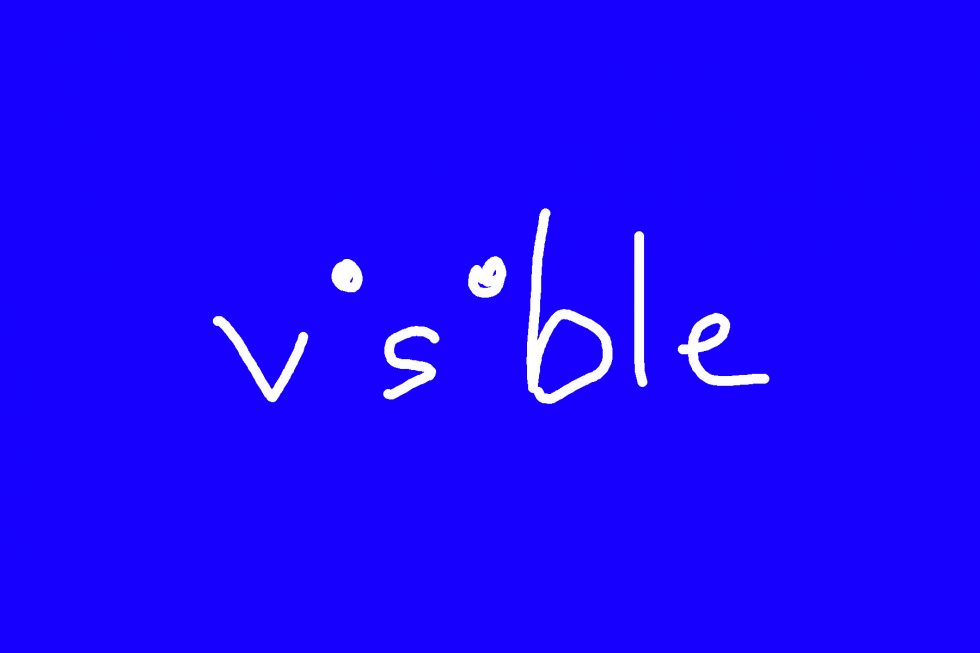


















![Nomad Goods Launches 15% Sitewide Sale for 48 Hours Only [Deal]](https://www.iclarified.com/images/news/96899/96899/96899-640.jpg)


![Apple Watch Series 10 Prototype with Mystery Sensor Surfaces [Images]](https://www.iclarified.com/images/news/96892/96892/96892-640.jpg)























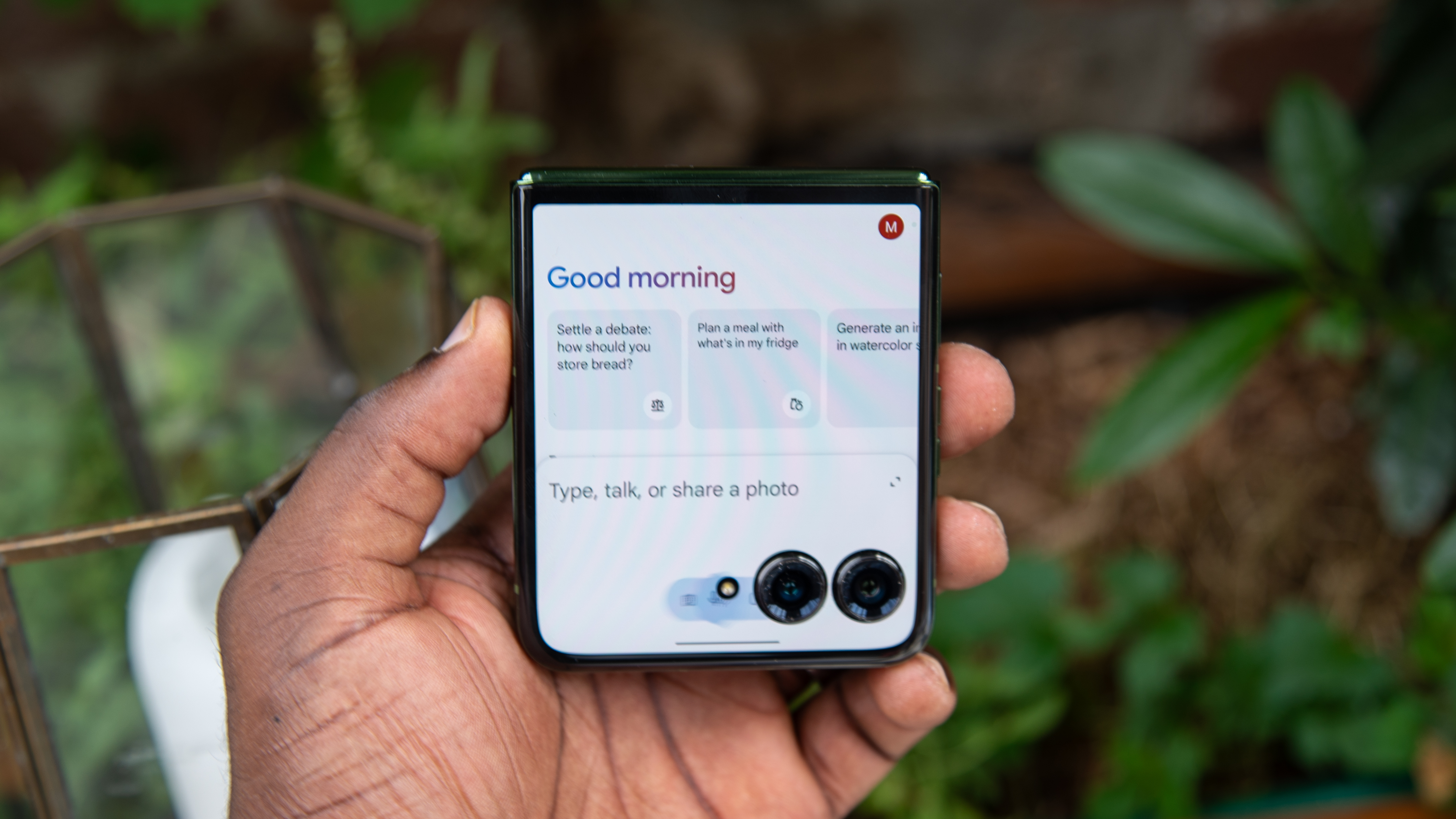






























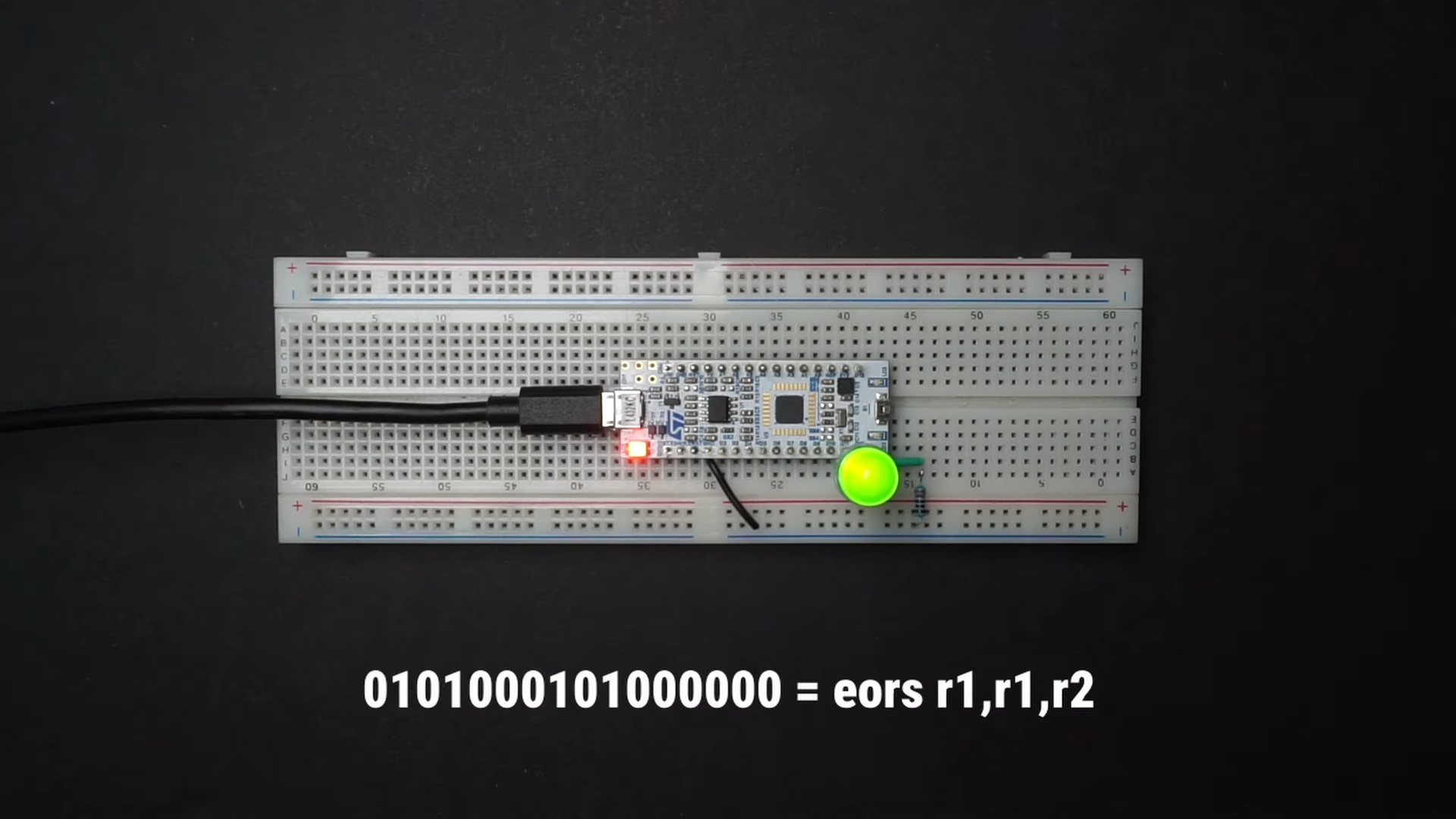

































































































































![[The AI Show Episode 142]: ChatGPT’s New Image Generator, Studio Ghibli Craze and Backlash, Gemini 2.5, OpenAI Academy, 4o Updates, Vibe Marketing & xAI Acquires X](https://www.marketingaiinstitute.com/hubfs/ep%20142%20cover.png)






















































































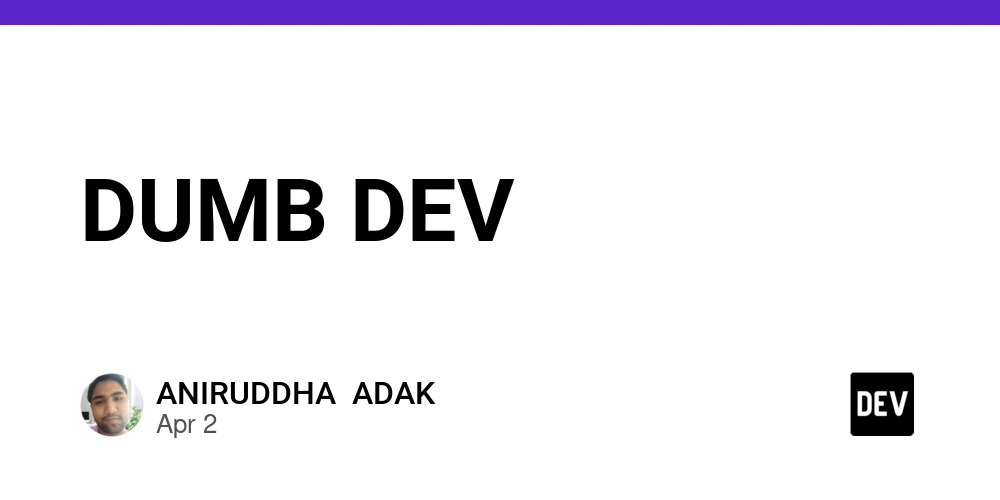
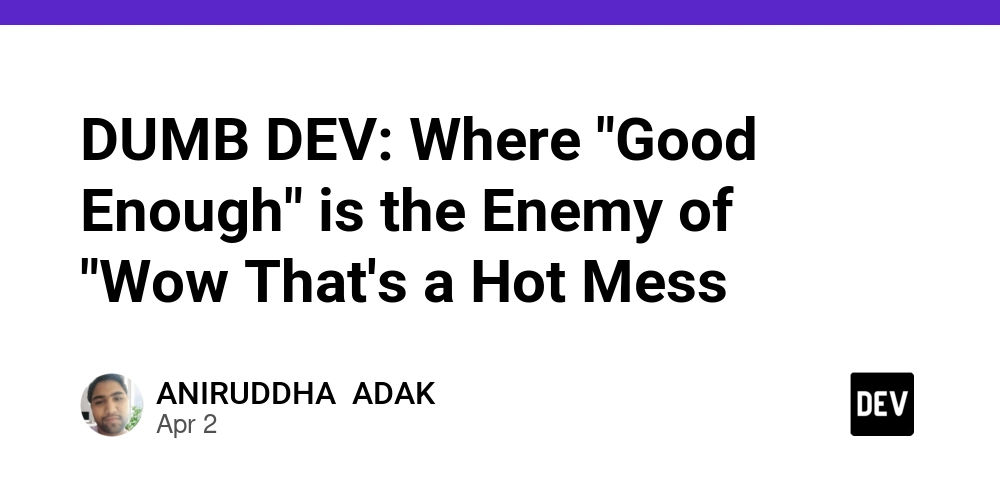

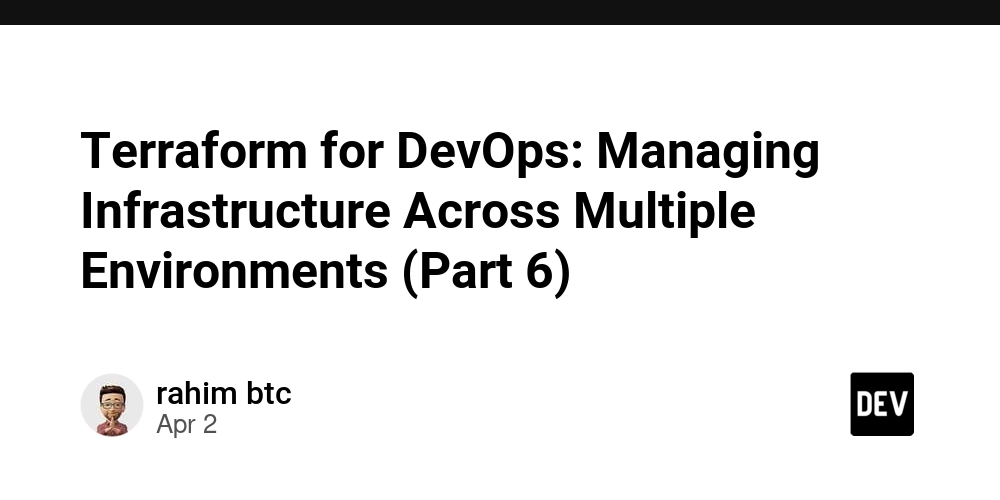



















![Is this a suitable approach to architect a flutter app? [closed]](https://i.sstatic.net/4hMHGb1L.png)


















![From broke musician to working dev. How college drop-out Ryan Furrer taught himself to code [Podcast #166]](https://cdn.hashnode.com/res/hashnode/image/upload/v1743189826063/2080cde4-6fc0-46fb-b98d-b3d59841e8c4.png?#)























































































